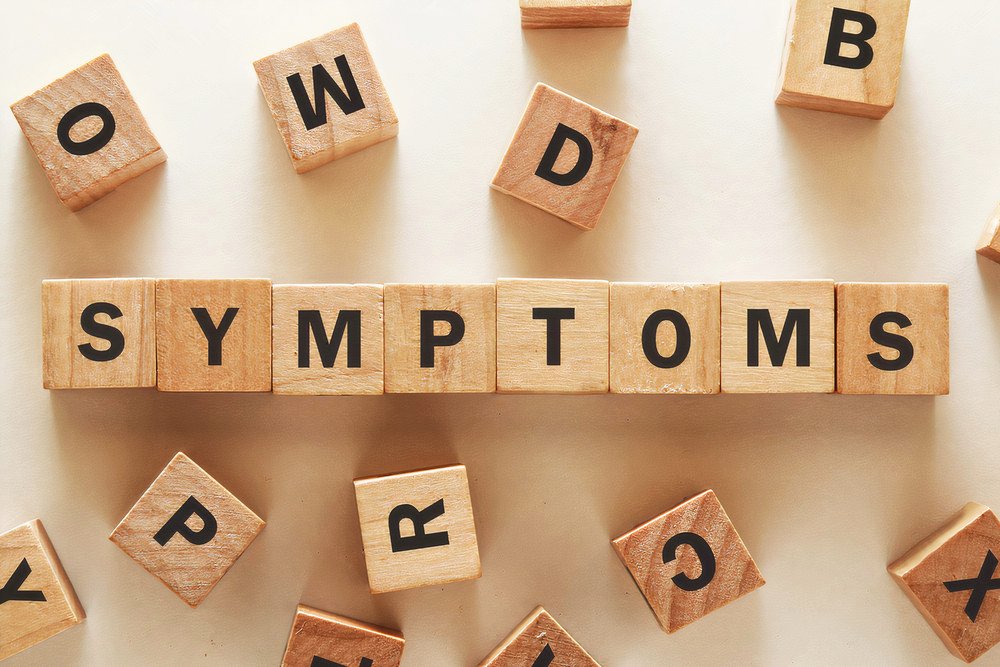The clinical picture of ulcerative colitis

Ulcerative colitis mainly affects the colon and rectum. Also, ulcerative colitis doesn’t affect the gastrointestinal tract only. The autoimmune nature of the disease may lead to extraintestinal symptoms, such as skin, joints, eyes, blood cells, lungs, and liver.
A) Gastrointestinal symptoms:
The main presentation of ulcerative colitis is diarrhea, which is usually severe and with dysentery (mucus and blood in the stool). Other symptoms include:
- Tenesmus: It means the urgency to defecate with the inability to defecate despite this urgency.
- Abdominal pain in the left lower quadrant of the abdomen that varies in severity from discomfort to severe pain and cramping.
- Bleeding per rectum: The ulceration in the colon and the chronic nature of the disease leads to chronic bleeding that may result in anemia. Thus, patients with ulcerative colitis often feel fatigued due to this anemia.
- During flares up of the disease, fever, nausea, malnutrition, weight loss, and high frequency of abdominal movement may occur.
- In children, ulcerative colitis may lead to failure of growth and development.
The gastrointestinal symptoms depend on the severity of and the extent of inflammation along the colon and rectum.
B) Extraintestinal symptoms:
The autoimmune nature of the ulcerative colitis may cause manifestations outside the colon. These symptoms are less common than intestinal symptoms.
These symptoms include:
♦ Skeletal manifestations: In ulcerative colitis, the joint inflammation (arthritis) may affect the small peripheral joints in the hands and feet (peripheral arthritis), vertebrae (ankylosing spondylitis), or large joints. The inflamed joint is red, painful, warm, swollen, and with limited movement. Also, osteoporosis may occur, either secondary to the disease process or some medications used for treatment, such as corticosteroids.
♦ Skin manifestations: The skin of these patients may show:
- Erythema nodosum (painful and red subcutaneous nodules) on the front of the legs
- Pyoderma gangrenosa (ulcerated skin lesions)
- Aphthous stomatitis (shallow and tender ulcers in the mouth)
♦ Eye manifestations: Uveitis and iritis may occur, leading to a blurring of vision, eye pain, and photophobia. Without proper treatment, uveitis may end in permanent blindness. Also, scleritis and episcleritis may occur.
♦ Autoimmune hemolytic anemia due to the autoimmune destruction of red blood cells
♦ The risk of clot formation increases in patients with ulcerative colitis, especially in the legs and lungs. The painful red swelling in the legs may indicate a deep venous thrombosis. Dyspnea (difficult breathing), chest pain, and cough may indicate pulmonary embolism.
♦ Liver manifestations: Primary sclerosing cholangitis affects 5% of people with ulcerative colitis. It means inflammation of the small and large bile ducts that leads to fibrous thickening and multiple strictures in the ducts. Also, fatty liver (fat deposition in the liver) may occur and cause pain and discomfort in the right hypochondrium.
♦ Interstitial pulmonary fibrosis may occur and cause breathing problems, such as dyspnea.
Most people with ulcerative colitis show mild to moderate manifestations. Only about 10% may show severe symptoms, such as fever and severe abdominal pain.
